
The leaf-cutter ants rely on their fungus for food. Why don’t they just cut out the middleman and eat the leaves themselves?
Dr Pepijn Kooij Digesting plant material is a difficult process, even for us humans. It’s a hard thing to do. Think about herbivores, carnivores and omnivores, and just look at, for example, the lengths of their intestines. If you take a tiger – a carnivore – the length of its intestines is about six metres. But if you look at a cow – the perfect example of a herbivore – the intestine is about 24m long, and cows also have multiple stomachs. It’s a long process to digest plant material and you need lots of different bacteria to help you do it.
Plants have this defence mechanism: an enormous cell wall around their cells to protect them from being eaten. It takes a lot of energy to get to the parts in the plants that we actually need – the nitrogen and proteins. But there are specialised organisms, such as bacteria [in a cow’s stomach], that are designed to do that kind of work. For the ants, they want those proteins, but it’s very hard for the insects to actually extract them. So they have their fungus help penetrate the cell, then the ants feed on the fungus.
But doesn’t the fungus need the protein? Why would it share?
هذه القصة مأخوذة من طبعة May/June 2022 من Very Interesting.
ابدأ النسخة التجريبية المجانية من Magzter GOLD لمدة 7 أيام للوصول إلى آلاف القصص المتميزة المنسقة وأكثر من 9,000 مجلة وصحيفة.
بالفعل مشترك ? تسجيل الدخول
هذه القصة مأخوذة من طبعة May/June 2022 من Very Interesting.
ابدأ النسخة التجريبية المجانية من Magzter GOLD لمدة 7 أيام للوصول إلى آلاف القصص المتميزة المنسقة وأكثر من 9,000 مجلة وصحيفة.
بالفعل مشترك? تسجيل الدخول

TAKE IT SLOW
Slow running is a fitness trend with some hard and fast science behind it
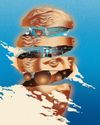
Physics, AI and music share a common thread. You just have to know where to look
Studying science can lead you in many directions and open doors to unexpected possibilities along the way
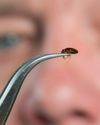
BED BUGS VS THE WORLD
When bloodthirsty bed bugs made headlines for infesting Paris Fashion Week in 2023, it shone a spotlight on a problem that's been making experts itch for decades: the arms race going on between bed bugs and humans
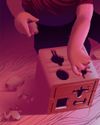
Kids are the key to understanding obesity. But we need more of their genes...
We can unravel the role that bodyweight plays in disease, but we need a bigger, more diverse, sample of genetic material to do so

COVID inquiry: What did we learn and what can we do better in future pandemics?
Masks, social distancing, lockdowns... how effective was the UK's response to the COVID-19 pandemic?
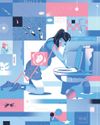
One hormone could be the key that unlocks a cure for morning sickness
The nausea and vomiting that, in extreme cases, can endanger mothers and babies might soon be just a memory
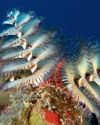
THE WORLD'S WEIRDEST CREATURES
Under the sea and upon the land, some animals look - to us - pretty strange...
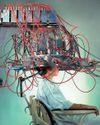
WHEN MIND AND MACHINE COLLIDE
First, Elon Musk wanted to make electric cars ubiquitous, then he wanted to make space exploration a private enterprise. Now, with Neuralink, his newest venture, Musk hopes to merge humans and artificial intelligence. Turns out, it might not be such a crazy idea...
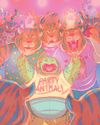
COME OUT OF YOUR SHELL
Social anxiety is more than just being shy. It's a phobia born out of our evolutionary past. But that raises a puzzling question: why do so many of us fear human interaction when we're supposed to be the most sociable species on the planet?

SPACE ODDITIES
Take a tour of the weirdest spots in the universe, where the 'normal' rules don't apply. Places that squeeze time, blow bubbles and even rain glass... sideways